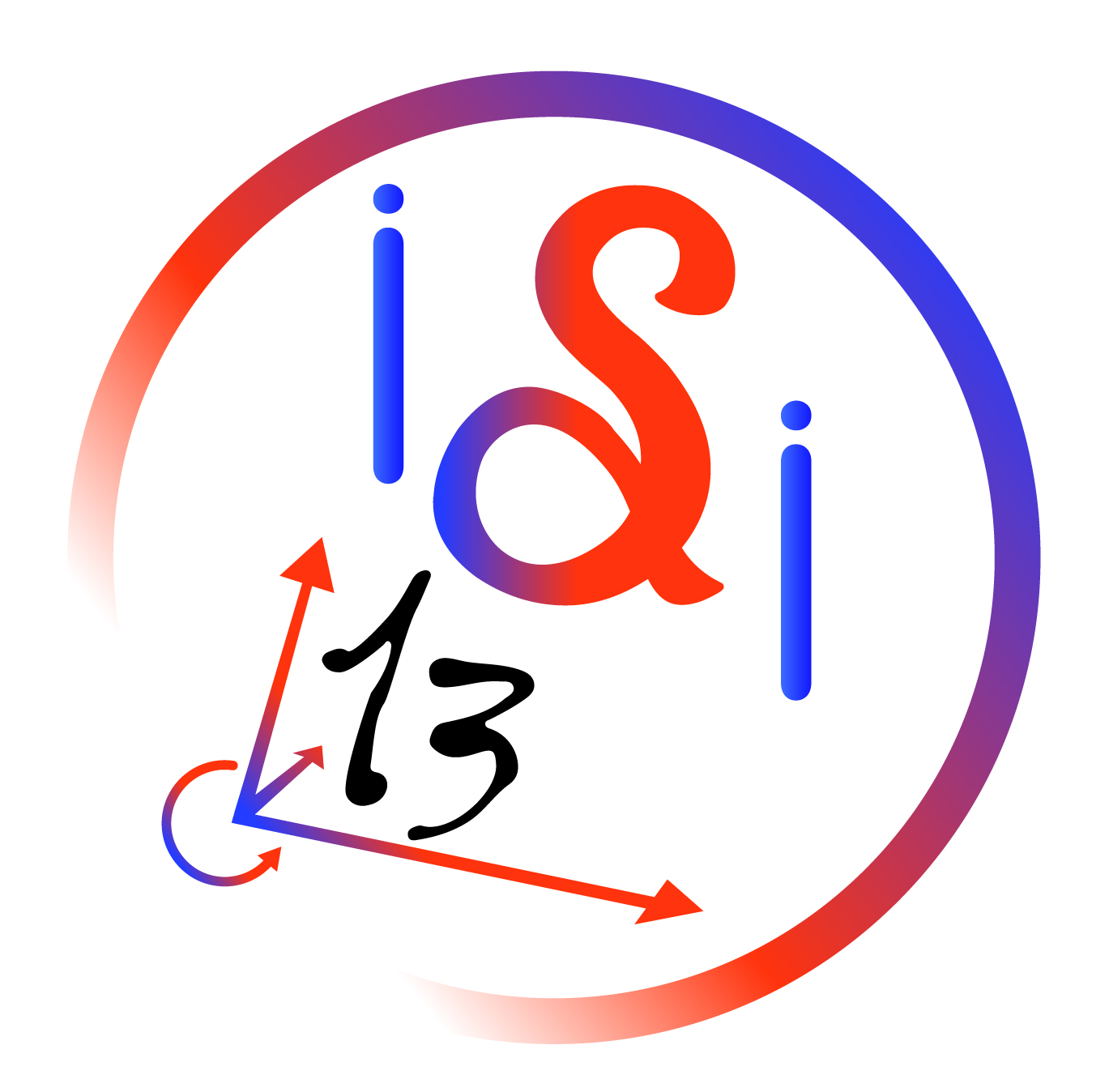Speaker
Description
Mapping quantum error correcting codes to classical statistical mechanics models has proven a powerful tool to study the fundamental error thresholds of quantum error correcting codes under phenomenological noise models. In this work, we extend this mapping to realistic faulty quantum circuits by deriving the associated strongly correlated classical spin models for the example of a quantum repetition code. We then use Monte-Carlo simulations to study the resulting phase diagram of the associated interacting spin model and benchmark our results against a minimum-weight perfect matching decoder. The presented method provides an avenue to assess the fundamental thresholds of QEC codes and associated readout circuitry, independent of specific decoding strategies, and can thereby help guiding the development of near-term QEC hardware.

